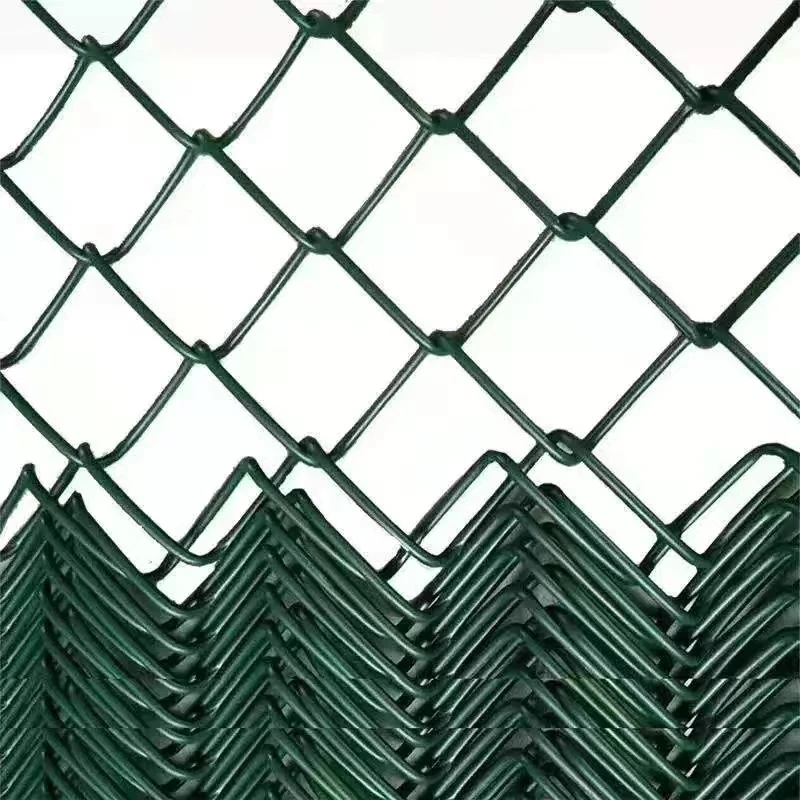 TEL:
+86-13102802206
TEL:
+86-13102802206
 Email:
fencenetting@china.com
Email:
fencenetting@china.com
 Language
Language
 TEL:
+86-13102802206
TEL:
+86-13102802206
 Email:
fencenetting@china.com
Email:
fencenetting@china.com
 Language
Language


Exploring Window Net Wire A Functional Solution for Modern Architecture
In the realm of modern architecture and urban planning, the need for both aesthetic appeal and functional efficiency is paramount. One innovative solution that has emerged in response to these demands is the use of window net wire. This remarkable material has gained traction across various sectors, ranging from residential buildings to commercial structures, due to its unique properties and versatile applications.
Window net wire, essentially a mesh made from durable materials, serves multiple purposes. Its primary function is to enhance the safety and security of buildings. Traditionally, windows have been seen as weak points in a structure, vulnerable to intrusions or accidents. By employing window net wire, architects and builders can create barriers that deter unwanted access while maintaining visibility and light flow. This is especially crucial in urban environments where residential properties are often in close proximity to public spaces.
Moreover, window net wire offers significant advantages in terms of pest control. For homeowners, having open windows is vital for air circulation and natural light. However, this can become problematic when insects or birds are able to invade living spaces. Installing window net wire effectively prevents these intrusions, allowing residents to enjoy fresh air without the annoyance of pests. This balance between openness and protection is becoming increasingly sought after in modern designs.
The versatility of window net wire extends beyond safety and pest control. It can also contribute to energy efficiency in buildings. When used in conjunction with windows, the right type of mesh can minimize heat gain during the warmer months while providing shade, effectively reducing the need for air conditioning. In colder seasons, some window net wire designs can reflect heat, assisting in maintaining indoor temperatures. This dual functionality aligns perfectly with the ongoing trend of sustainable architecture, where energy efficiency is prioritized.

In addition to its practical benefits, window net wire boasts aesthetic qualities that can complement various architectural styles. With a wide array of colors, patterns, and textures available, designers can easily incorporate window net wire into their creations, enhancing the overall look of a structure. Whether it’s a sleek modern high-rise or a charming vintage home, window net wire can be adapted to match the visual narrative of any building, thus becoming a harmonious component of the design.
Furthermore, as cities continue to grow and change, the demand for adaptable and multifunctional materials becomes more pronounced. Window net wire fits this criteria perfectly. Its lightweight yet sturdy nature means it can be installed in a range of environments without overburdening the existing structure. This adaptability also means it can be easily removed or replaced, allowing for modifications or upgrades in building designs.
As architects, builders, and homeowners increasingly recognize the advantages of window net wire, its usage is expected to proliferate. By combining safety, energy efficiency, and aesthetic appeal, window net wire stands at the forefront of innovative building materials. In an age where thoughtful design is more critical than ever, window net wire represents a forward-thinking solution that addresses various challenges faced by contemporary buildings.
In conclusion, window net wire is not just a functional element; it is a transformative material that exemplifies the intersection of safety, sustainability, and style. As we continue to rethink and redefine architecture for a rapidly changing world, window net wire will undoubtedly remain an integral part of this evolution, shaping the environments we live and work in.